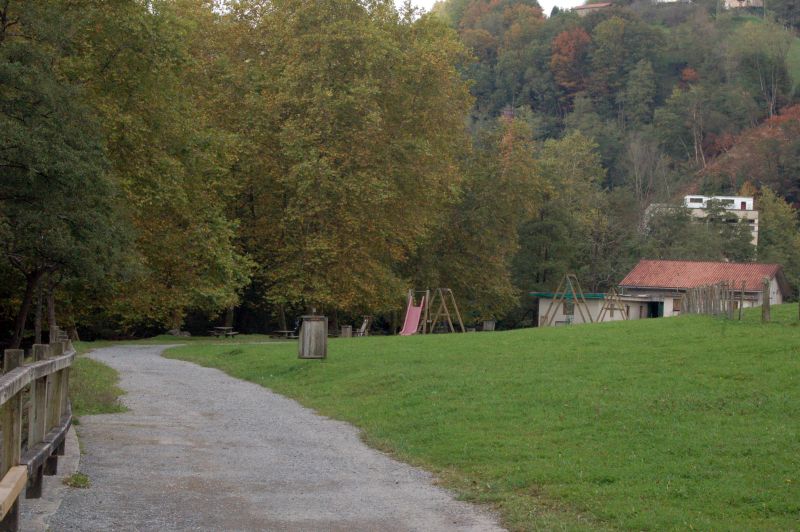
Puntos de Interés

Culture
El Zarzal Cultural Park
The modern municipality of Garafía was part of the Benahorita canton of Tagalguén, which was one of the most populated cantons on the island in the late 15th century. This is due to the island's own geology, with the northern part corresponding to the Taburiente volcanic formation. An area made up of the oldest and most eroded materials on La Palma, where ravines are common and shelters and caves are easy to find.
As well as the geological characteristics, the climate conditions of the area are more humid and wetter than in other parts of the island, thanks in part to the trade winds colliding with the geography of the island. This led to the creation of water courses and springs in the ravines, as well as the proliferation of herbaceous species that were used to feed livestock (mainly goats and pigs) and from which the famous Canarian gofio flour was derived.
El Zarzal Cultural Park is located within the municipality of Villa de Garafía, at Caboco.
The park consists of two routes through the ravines of La Zarza (declared a Protected Cultural Heritage site in 1995) and La Zarcilla, where the best examples of rock art on the island of La Palma can be found, with many engraved surface showing the detailed elaboration of the engravings.
During the route through the park, through the lush and leafy ravines, with up to thirty-nine geometric panels, in the Barranco El Zarzal ravine, with circular and semicircular formations made with engravings of sinuous and repeated lines. The main panels being those of the Los Palomos fountain and the Llano de la Zarza plain. The Barranco La Zarcita ravine, features up to 20 panels on the left bank of the ravine that indicate the sunrise at different times of the year. On the right bank, these engravings are oriented towards dusk.
These ravines are considered the Sistine Chapel of Benahorita civilisation, but their actual use is unknown. It has been hypothesised that they may have been a space of offering or prayer to animist deities. However, as bone and pottery remains have been found, it cannot be ruled out that these ravines were stable settlements.


